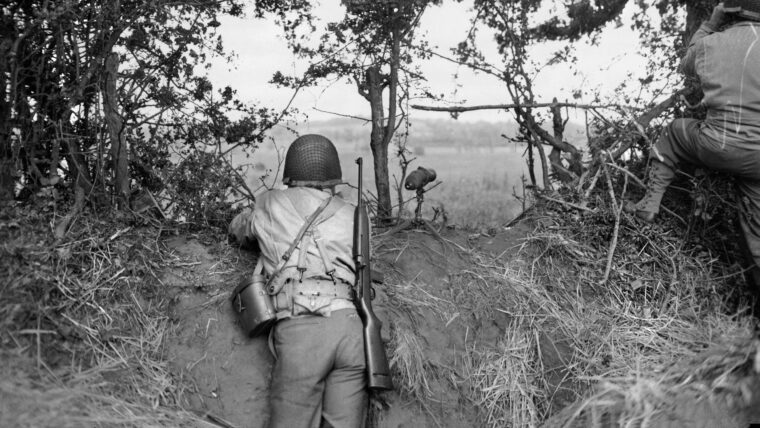
European Theater
The Heroes of Hill 192
By William G. DennisToday, on Hill 192, located between the Normandy cities of St. Lô and Bayeux, sleek horses graze the fields, and people in hacking gear travel the roads and bridle paths. Read more
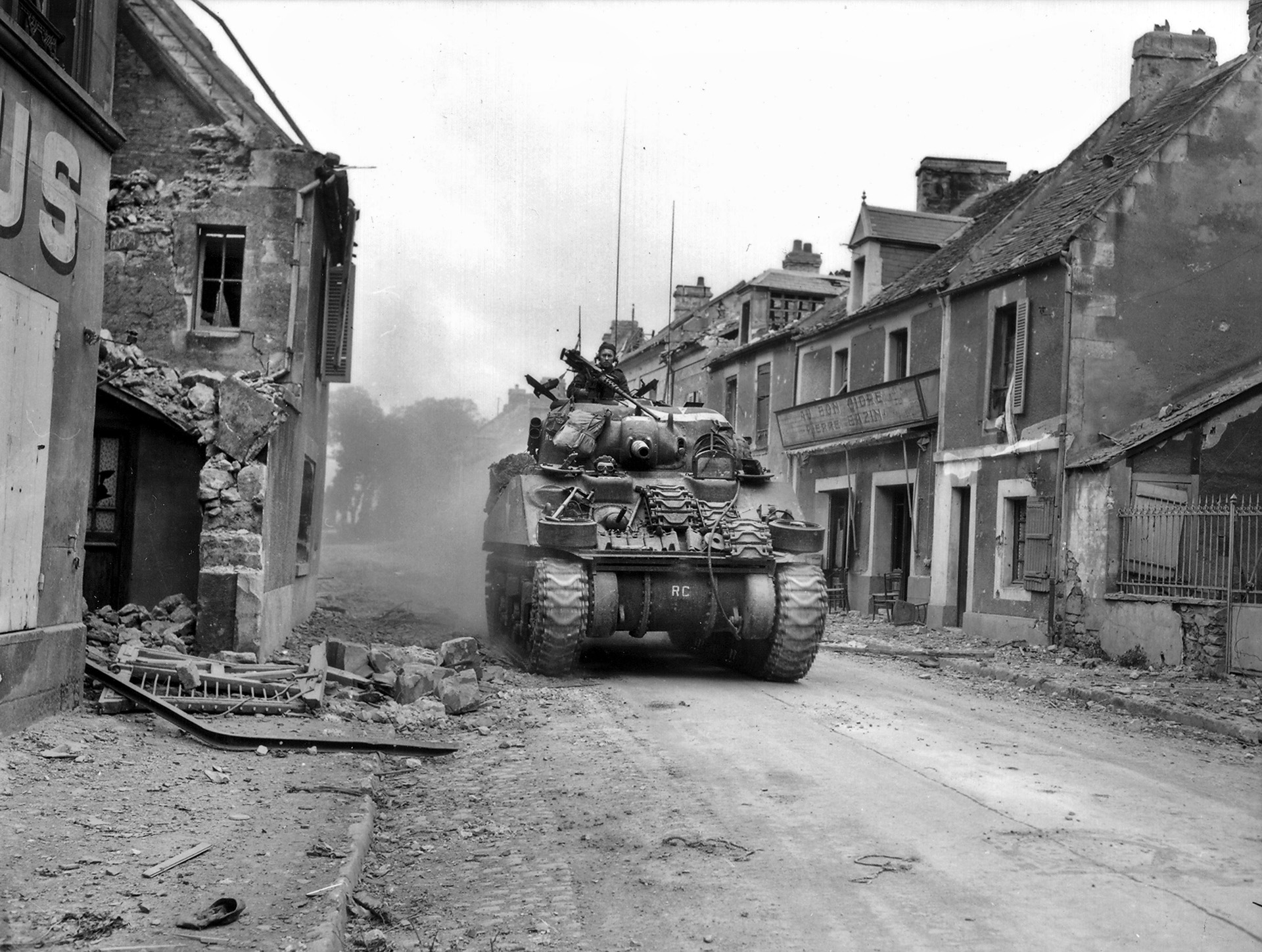
The European Theater of Operations (ETO) during World War II is generally regarded as the area of military confrontation between the Allied powers and Nazi Germany and Fascist Italy. The European Theater encompassed the Atlantic, Mediterranean, Eastern Front, Western Front, and Arctic areas of operation.

European Theater
Today, on Hill 192, located between the Normandy cities of St. Lô and Bayeux, sleek horses graze the fields, and people in hacking gear travel the roads and bridle paths. Read more
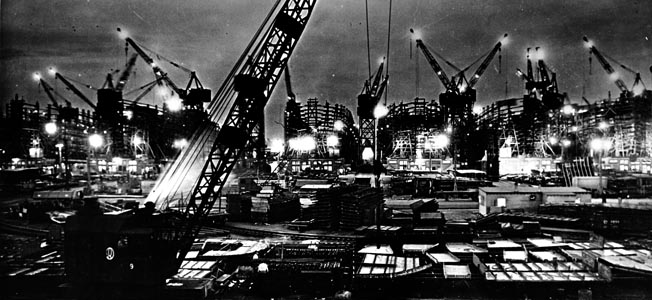
European Theater
“We won because we smothered the enemy in an avalanche of production, the like of which he had never seen, nor dreamed possible.” Read more
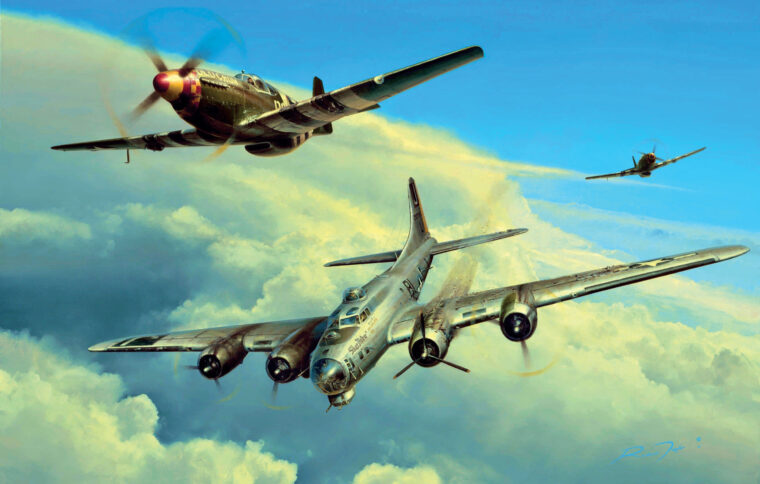
European Theater
On August 17, 1942, the 97th Bomb Group began the opening attack of the U.S. Army Air Forces’ (USAAF) strategic bombing campaign against Germany. Read more
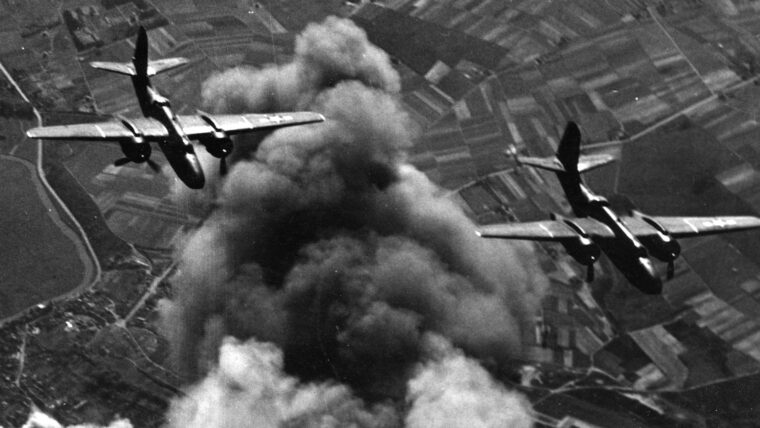
European Theater
General Henry H. “Hap” Arnold, commander of the U.S. Army Air Forces, was a man both driven and under great pressure in the spring and early summer of 1942. Read more
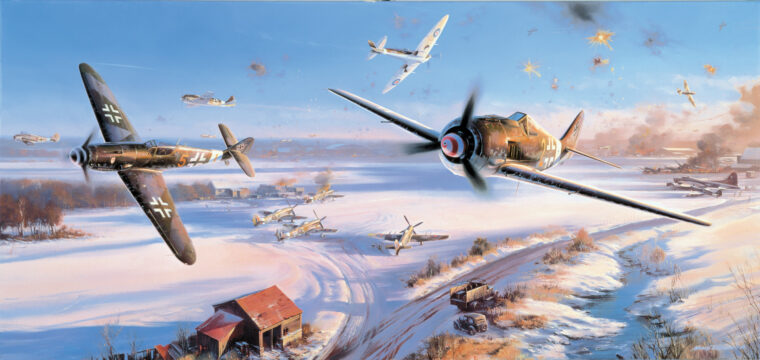
European Theater
On July 28, 1943, Luftwaffe Oberleutnant Erwin Clausen shot down another two B-17 Flying Fortresses to add to the two he had shot down the previous day. Read more
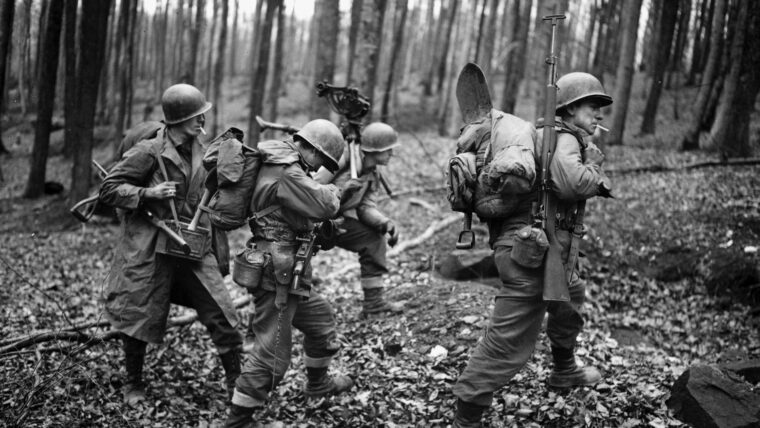
European Theater
The author is a self-described “tough kid from Brooklyn” who enlisted in the U.S. Army’s Enlisted Reserve program in October 1942, hoping to complete his college education before being called up for active duty. Read more
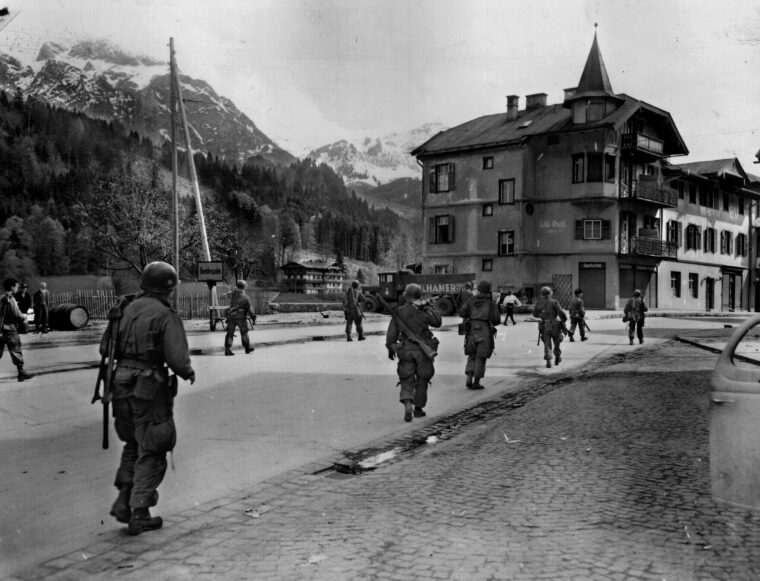
European Theater
Darrell “Shifty” Powers was a soft-spoken machinist who never aspired to greatness. He was born, grew up, got married, raised his family, worked, retired, and died in Clinchco, a remote mining town in southwest Virginia. Read more
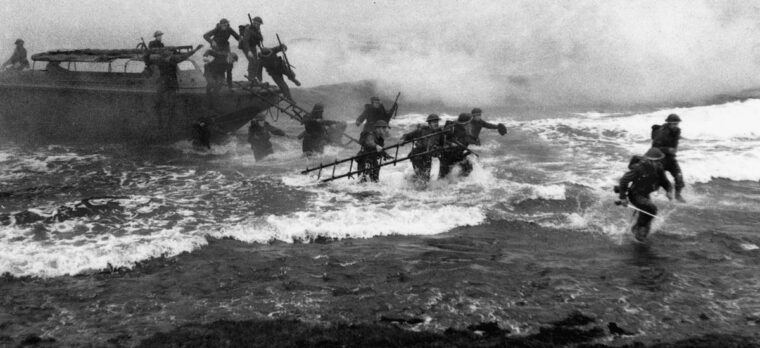
European Theater
It was May 1940, and the German officer’s unit was attacking toward a village called l’Epinette, near Bethune, France. Read more
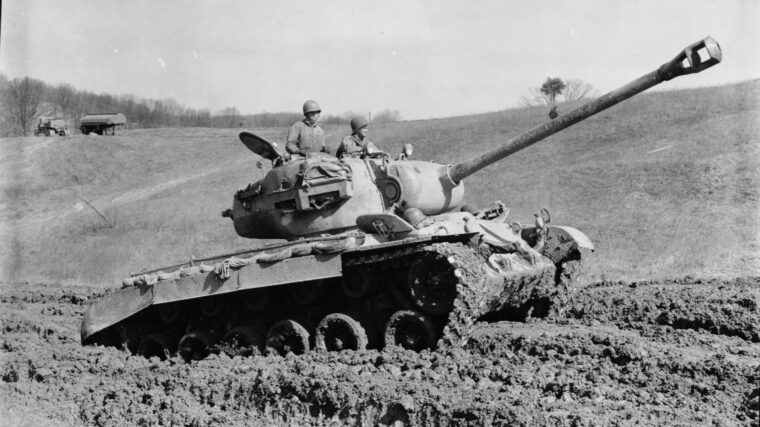
European Theater
“We had been assured by our officers before we invaded France in 1944,” recorded Bill Harris, “that our Sherman tanks could take care of any Nazi armor we met there.” Read more
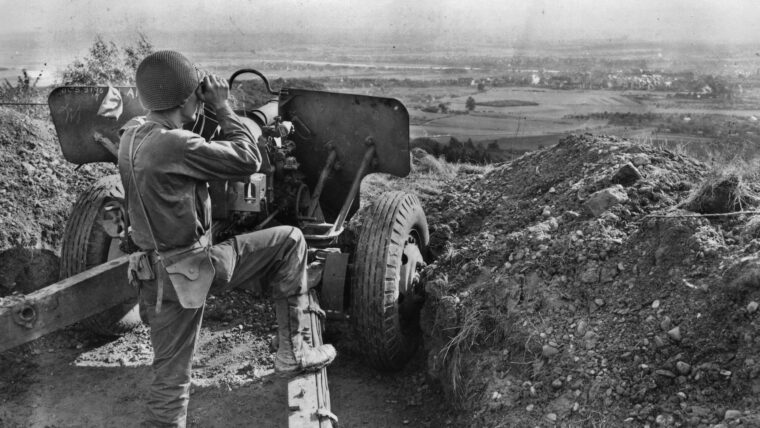
European Theater
In his autobiography, War As I Knew It, Lieutenant General Patton set the tone for what was to become one of his Third U.S. Read more
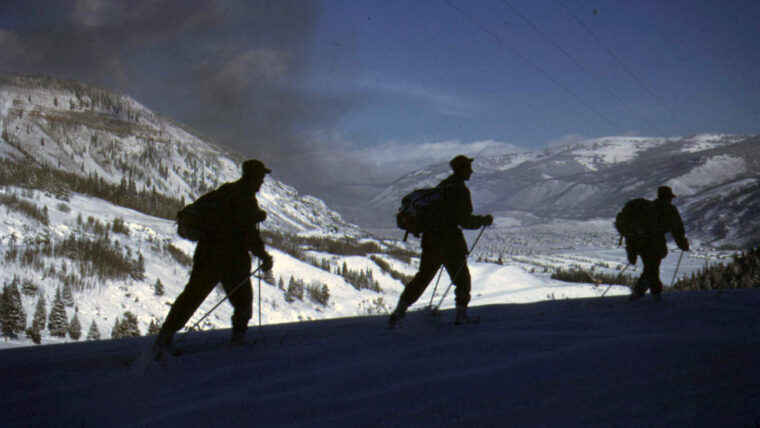
European Theater
I was born in Los Angeles in 1924 and attended local schools. In high school I enrolled in ROTC and, when I could, I went skiing for fun. Read more
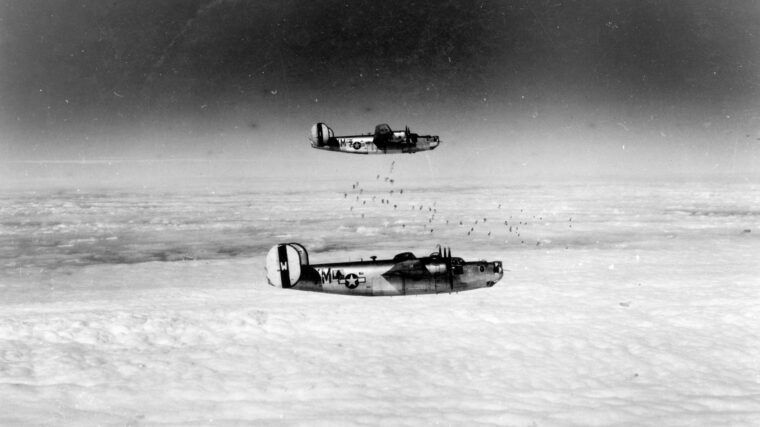
European Theater
Every February 11, Rouxmesnil-Bouteilles, a tiny town in Upper Normandy situated north of the Seine River a short distance inland from the coastal city of Dieppe and some two hours from the D-Day invasion beaches, pays homage to 10 American airmen who crashed into the town center, narrowly missing the local children assembled in their schoolhouse just a few yards away. Read more
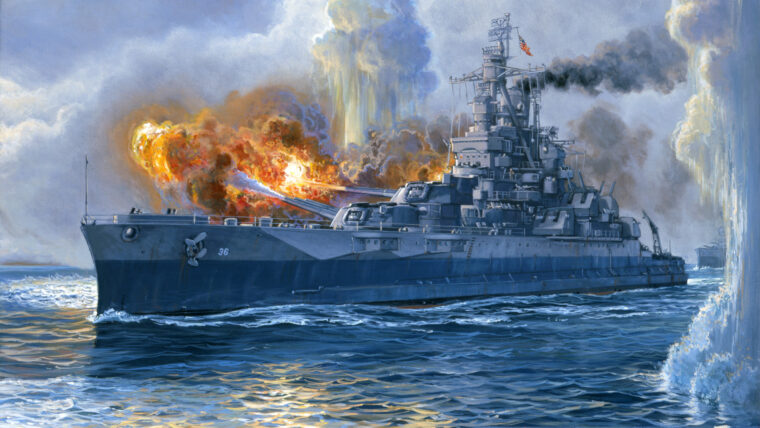
European Theater
I am of Polish, Irish, and American Indian descent and grew up in the small (population 3,800) northern Illinois town of Geneva. Read more
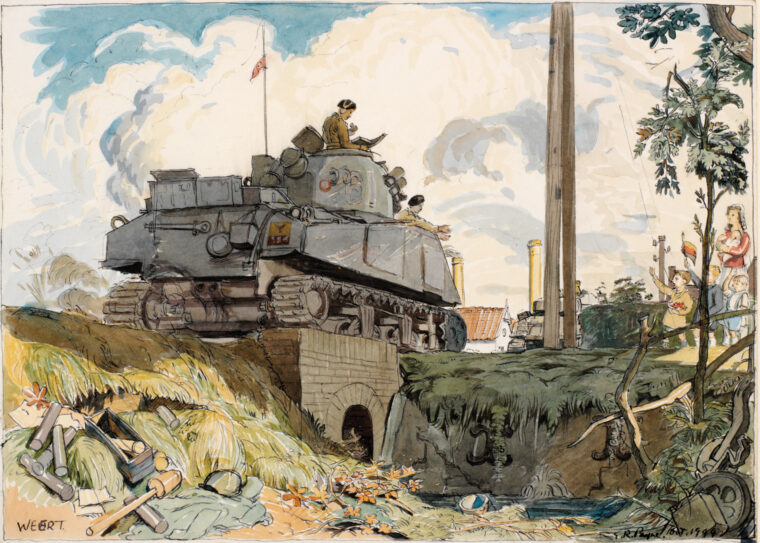
European Theater
Before World War II, the Belgian port city of Antwerp was one of the world’s great ports, ranking with those of Hamburg, Rotterdam, and New York. Read more
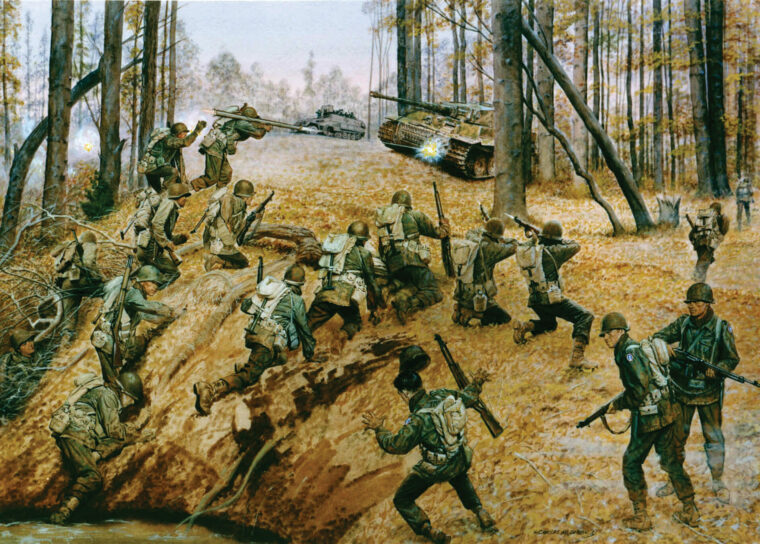
European Theater
(Scott McGaugh, Da Capo Press, Boston, 2016, 257 pp., Read more
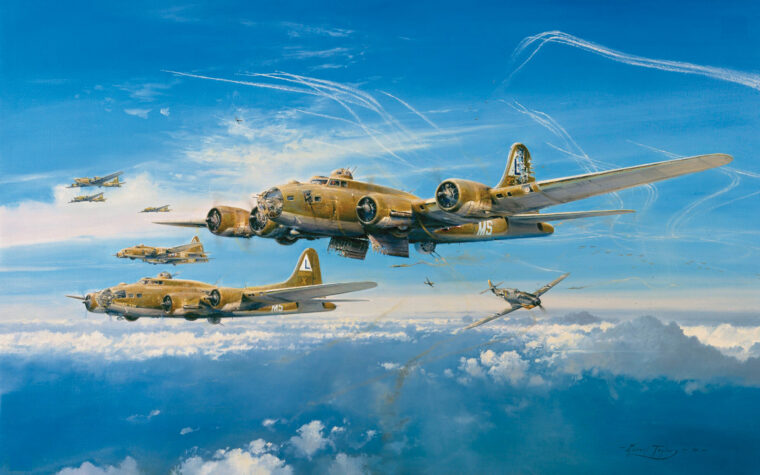
European Theater
On August 25, 1944, Larry Stevens and the rest of his Boeing B-17 Flying Fortress bomber crew completed their 35th mission over Nazi-occupied Europe. Read more
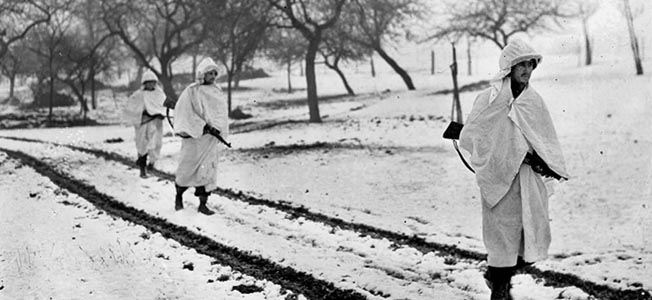
European Theater
By James G. Bilder
Described in one U.S. Army report as “the quiet paradise for weary troops,” the tiny nation of Luxembourg was viewed by American commanders in late 1944 much like Belgium—liberated, safe, and an ideal location for combat-worn troops to rest and for untested replacements to get exposed to outdoor living and military routine before being exposed to combat. Read more
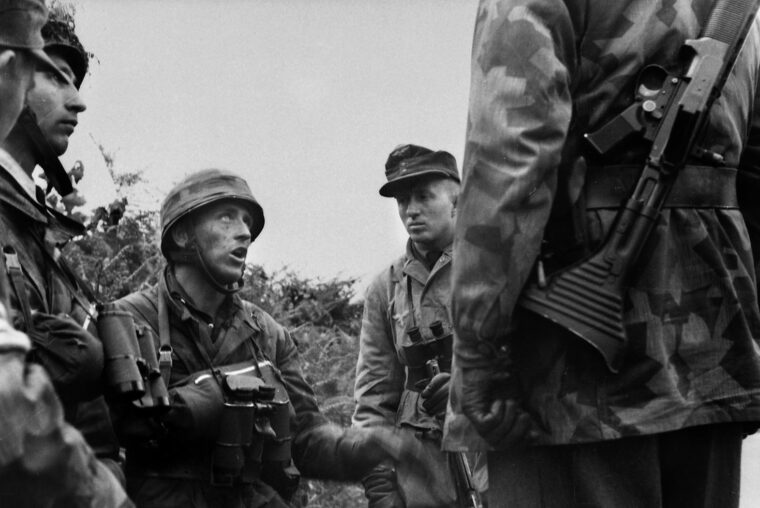
European Theater
Background: In this, the third and final installment of a three-part series excerpted from The Lions of Carentan, the 2011 book by a respected German military historian, Fallschirmjäger Regiment 6 (FJR 6) has been pushed out of Ste.-Mère-église, Read more
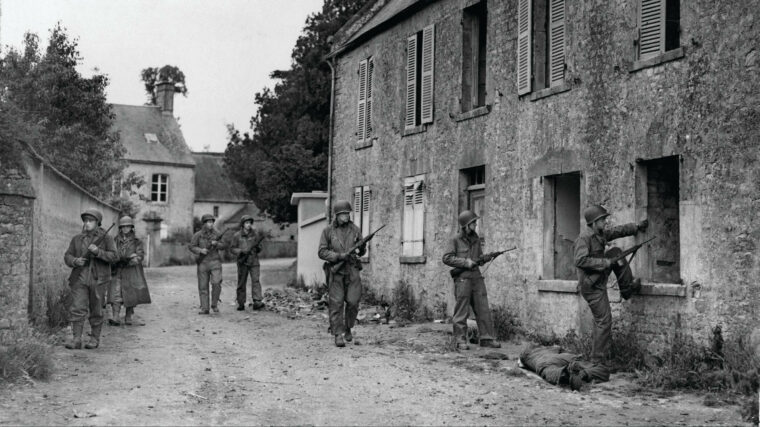
European Theater
Background: Fallschirmjäger Regiment 6, under the command of Major Friedrich August Freiherr von der Heydte, had the fortune (or misfortune) to be stationed in Normandy at the time of the Allied invasion of France on June 6, 1944. Read more
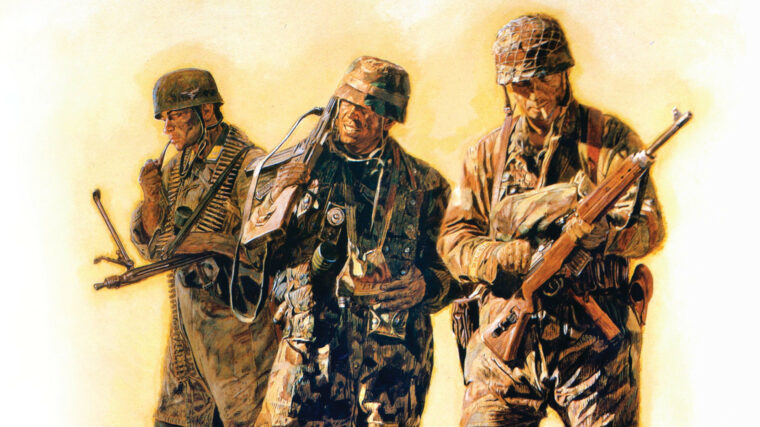
European Theater
Background: Fallschirmjäger Regiment 6 was organized in February 1943, under the command of Major Egon Liebach. It was part of the 2nd Fallschirmjäger Division and was stationed in France, where it trained in parachute and glider operations. Read more